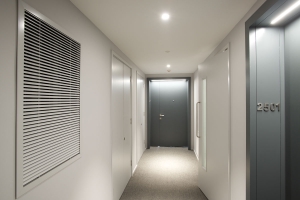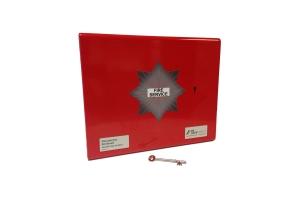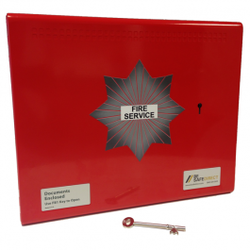How to Keep Homes Safer Against Fires
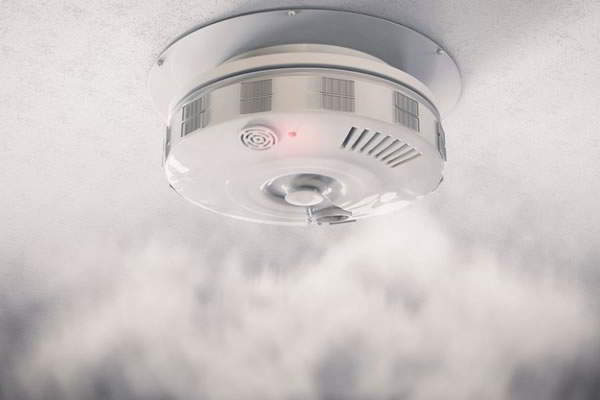
The Fire and Rescue Services (FRS) in England attended 161,770 fires from April 2016 to March 2017. Worryingly, it was found that smoke alarms had not been fitted in 27% of dwelling fires. The statistics also revealed that in 42% of all residential fire-related fatalities, a smoke alarm was fitted but it failed to operate or did not alert the occupants to the fire. This shows just how important it is to have suitable, fully functioning fire safety equipment in the home.
The most basic fire safety precautions that every home should have are smoke alarms and a clear evacuation plan, in order to prevent fatalities. Guidance states that homeowners should have at least one fire alarm on every level of the home and that each alarm is tested at least once a month. If a fire alarm has stopped working, it is vital that homeowners change the batteries or replace it immediately.
According to government statistics, cooking appliances were the most common cause of accidental residential fires, accounting for 49%. Products such as fire blankets are an effective way of putting out kitchen-based fires by smothering the flames. This can be anything from a smoking toaster to a burning saucepan. The woven glass fibre that the blankets are made from is non-flammable and acts as an oxygen sealant, starving the fire of oxygen and extinguishing it.
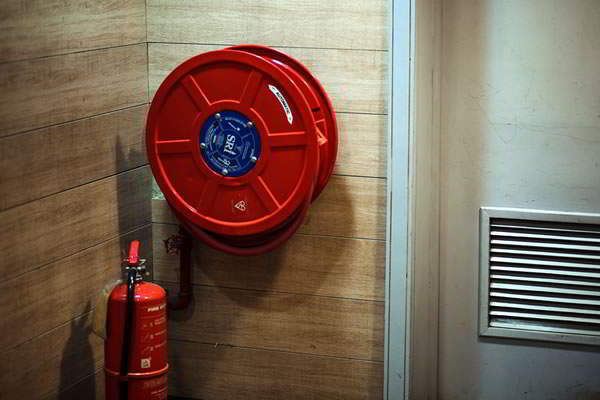
Fire extinguishers are also a recommended fire safety product for the home and, depending on the type, are filled with foam, powder, CO2, water, wet chemical or water mist. When selecting the extinguisher, customers should be aware that each type is suitable for specific applications and cannot be used to extinguish all fires:
- Powder extinguishers - for use with Class A (involving wood, textiles or paper), Class B (involving flammable liquids, not to be used near live electrical equipment) and Class C (involving flammable gasses and electrical equipment) fires.
- Foam extinguishers – for use with Class A and Class B fires.
- CO2 extinguishers – for use with Class B fires.
- Water extinguishers – for use with Class A fires.
- Wet Chemical extinguishers – for use with Class A and Class F (involving cooking oils and fats) fires.
When purchasing fire extinguishers, homeowners should look for the CE Mark and Kite Mark to ensure that the product has passed fire extinguisher standards. All of Be Safe Direct’s fire extinguishers hold these marks to BSEN3 (the European fire extinguisher standard) and come with a five-year guarantee.
We supply a range of fire safety equipment including, fire blankets, fire extinguishers, smoke alarms and evacuation equipment. Click here to find out more.

